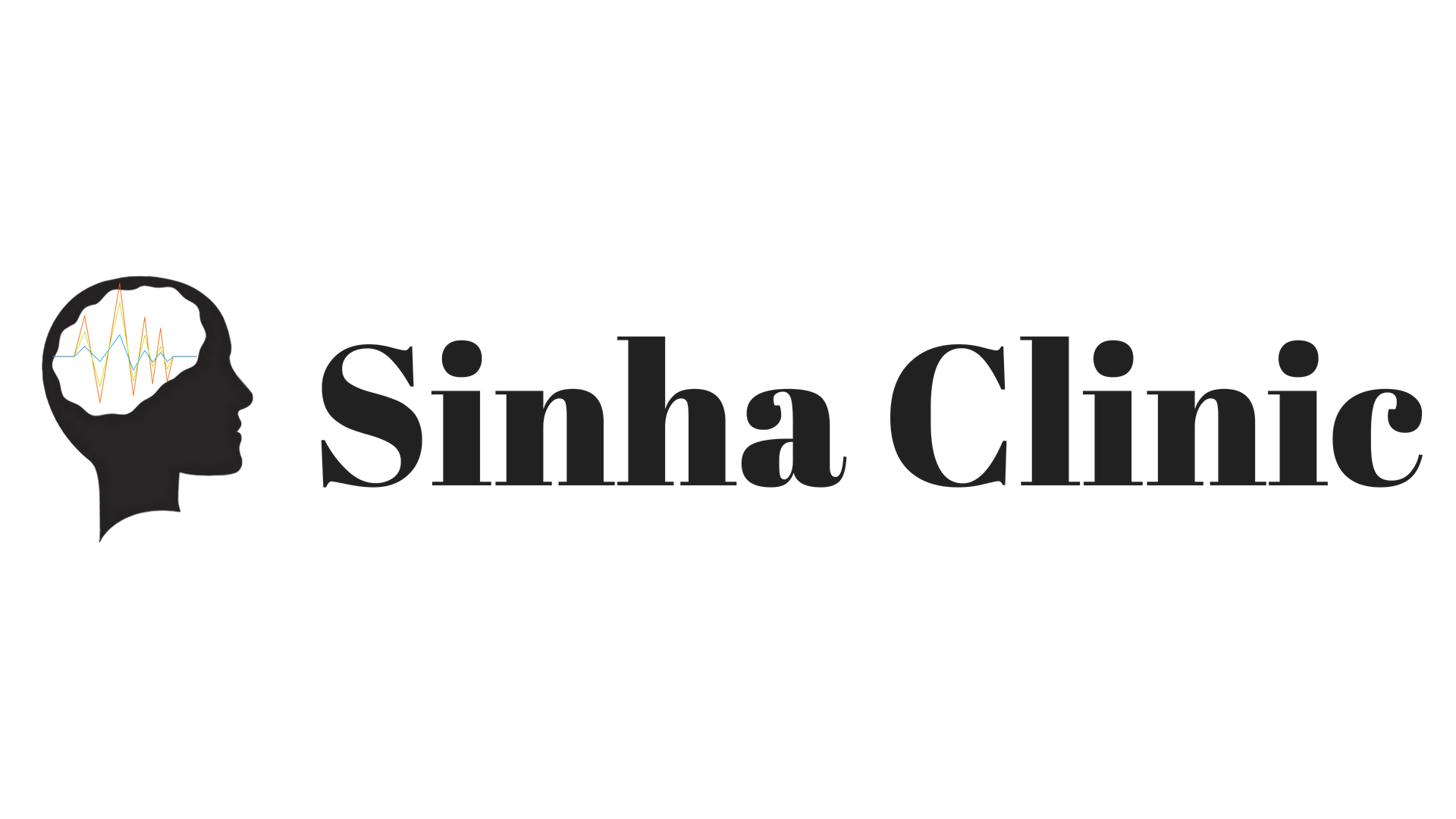Neurofeedback for Adults
If this is the first time searching for treatment options, we are happy to answer any questions you may have. Addressing mental health concerns is an important part of preventative healthcare. Our professionals take the time to learn the struggles and strengths of each patient, create goals while supporting growth and change for the better. We attempt to accomplish these goals through a variety of means.
This clinic specializes in identifying “at risk” individuals and utilizing Neurophysiological approaches as a pathway to health. The means for achieving this goal include testing, assessments and treatment. There are many options available that we tailor to each individual person that would involve the use of conventional and/or innovative services that will put you on the right track.
- Conventional treatments like medication management, testing and counseling are often helpful in addressing symptoms, diagnosing neuropsychological concerns and improving these challenges through cognitive behavioral therapy.
- Innovative options such as neurofeedback is an alternative to medication that can help improve the root cause of many common symptoms of conditions or disorders; such as, ADHD, autism, anxiety, depression, brain injury, PTSD, memory loss, etc. This is completed through consistent brain training through a relaxing session driven by auditory and/or visual positive reinforcement in the form of watching a movie or listening to music.

Benefits:
Neurofeedback aims to retrain brainwaves by positive reinforcement by teaching the brain to self-regulate dysregulated areas through watching a video, listening to ambient music, or video games while connected to a sophisticated neurofeedback training program.
Neurofeedback is non-invasive, does not require any medication (but can still be used if using medication) and produces long term positive results. It is an alternative treatment to medication while some patients are able to reduce medication needs once their brainwaves are retrained and are now functioning optimally.
Risks:
Neurofeedback has limited risks. Majority of patient’s feel no effects after a session. Tiredness, dizziness or headache can occur in some instances. One would notice any side effects immediately or shortly after a session was completed.
Some tiredness can occur after a session due to neurofeedback is a brain workout and can be considered strength training for the brain.
We monitor each session and stay in constant communication and if any extreme tiredness or headaches emerges, we stop the session immediately.

Interested to Learn More?
All it takes is 3 Easy Steps to regain control of your Cognitive Health
Research:
Research indicates an 85 percent success rate for patients in terms of improvements in their ability to focus, regulate behavior, reduce impulsivity, which all help in improving cognitive health.
- Approximately 1 in 5 adults in the U.S.—43.8 million, or 18.5%—experiences mental illness in a given year.1
- Approximately 1 in 25 adults in the U.S.—9.8 million, or 4.0%—experiences a serious mental illness in a given year that substantially interferes with or limits one or more major life activities.2
- 6.9% of adults in the U.S.—16 million—had at least one major depressive episode in the past year.3
- 18.1% of adults in the U.S. experienced an anxiety disorder such as posttraumatic stress disorder, obsessive-compulsive disorder and specific phobias.4
- Among the 20.2 million adults in the U.S. who experienced a substance use disorder, 50.5%—10.2 million adults—had a co-occurring mental illness.5
- Serious mental illness costs America $193.2 billion in lost earnings per year.6
- Mood disorders, including major depression, dysthymic disorder and bipolar disorder, are the third most common cause of hospitalization in the U.S. for both youth and adults aged 18–44.7
- Individuals living with serious mental illness face an increased risk of having chronic medical conditions.8 Adults in the U.S. living with serious mental illness die on average 25 years earlier than others, largely due to treatable medical conditions.9
References:
- Any Mental Illness (AMI) Among Adults. (n.d.). Retrieved October 23, 2015, from http://www.nimh.nih.gov/health/statistics/prevalence/any-mental-illness-ami-among-adults.shtml
- Serious Mental Illness (SMI) Among Adults. (n.d.). Retrieved October 23, 2015, from http://www.nimh.nih.gov/health/statistics/prevalence/serious-mental-illness-smi-among-us-adults.shtml
- Major Depression Among Adults. (n.d.). Retrieved January 16, 2015, from http://www.nimh.nih.gov/health/statistics/prevalence/major-depression-among-adults.shtml
- Any Anxiety Disorder Among Adults. (n.d.). Retrieved January 16, 2015, from http://www.nimh.nih.gov/health/statistics/prevalence/any-anxiety-disorder-among-adults.shtml
- Insel, T.R. (2008). Assessing the Economic Costs of Serious Mental Illness. The American Journal of Psychiatry. 165(6), 663-665
- Agency for Healthcare Research and Quality, The Department of Health & Human Services. (2009). HCUP Facts and Figures: Statistics on Hospital-based Care in the United States, 2009. Retrieved January 16, 2015, from http://www.hcup-us.ahrq.gov/reports/factsandfigures/2009/pdfs/FF_report_2009.pdf
- Colton, C.W. & Manderscheid, R.W. (2006). Congruencies in Increased Mortality Rates, Years of Potential Life Lost, and Causes of Death Among Public Mental Health Clients in Eight States. Preventing Chronic Disease: Public Health Research, Practice and Policy, 3(2), 1–14. Retrieved January 16, 2015, from http://www.ncbi.nlm.nih.gov/pmc/articles/PMC1563985/
- National Association of State Mental Health Program Directors Council. (2006). Morbidity and Mortality in People with Serious Mental Illness. Alexandria, VA: Parks, J., et al. Retrieved January 16, 2015 from http://www.nasmhpd.org/docs/publications/MDCdocs/Mortality%20and%20Morbidi
Interested to learn more?

